Canoeing in the Land of a Thousand Lakes: Liesjärvi National Park in Southern Finland
Article by Jussi Judin and Antti Huttunen
Liesjärvi National Park is located less than a two-hour drive from Helsinki. Despite its easy accessibility and the exquisite nature, it remains quite serene. A canoe feels right at home on Liesjärvi lake and fits more than well with the ambiance of the park. This place is about leisurely being, not about achieving. Liesjärvi National Park is known for its lake views and old forests.
- Location on the map
- Adress: Kanteluksentie 211, Tammela
- Nearest bus stop: 1,5 km from Kyynäränharju
- Additional information and rules of the national park
Upon arriving at the entrance of the park, we found only one car parked, and as lovers of peace, we took this as a delightful welcome. Thus, in this park, we got to be pretty much by ourselves.
The most iconic spot in Liesjärvi National Park is the long and narrow Kyynäränharju esker. It inevitably catches the eye when studying the map. But there’s so much more to Liesjärvi Park, like the lake it’s named after. Therefore, the idea of enjoying the national park from the lake began to intrigue us. It would offer a new perspective on a familiar place.
Canoes can be rented on-site (make your reservations in advance!) and our canoes were waiting for us upon our arrival at the park and the agreed spot at the base of Kyynäränharju. The start couldn’t be easier.
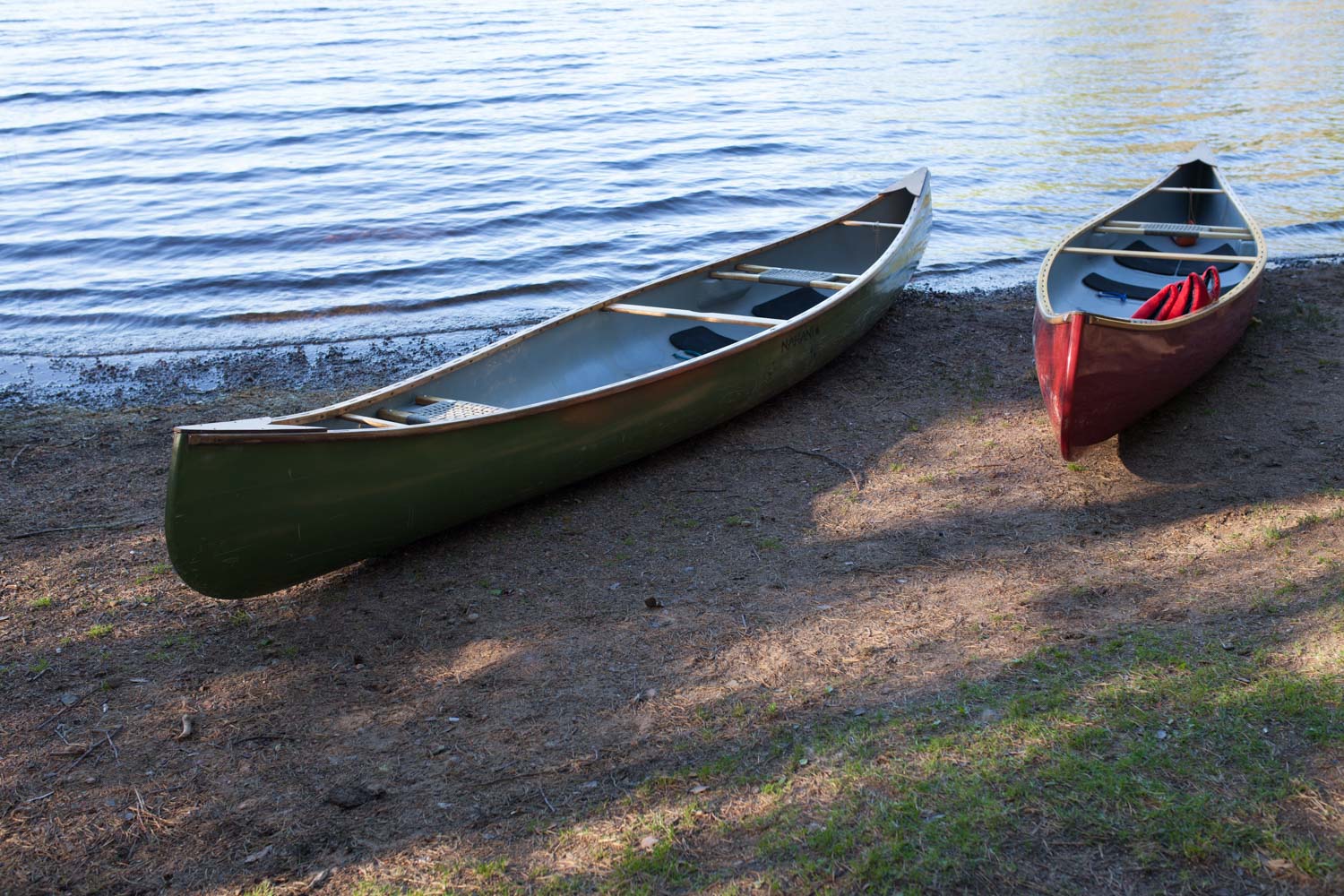
Once we had chosen our equipment, the game was clear, and the only decision left was whether to meander along the shores or head straight for the open waters. The wind whispering in our ears suggested that the best strategy would be to travel along the shores, sheltered from the wind. The evening was turning out to be exceptionally sweet, complete with sunset.
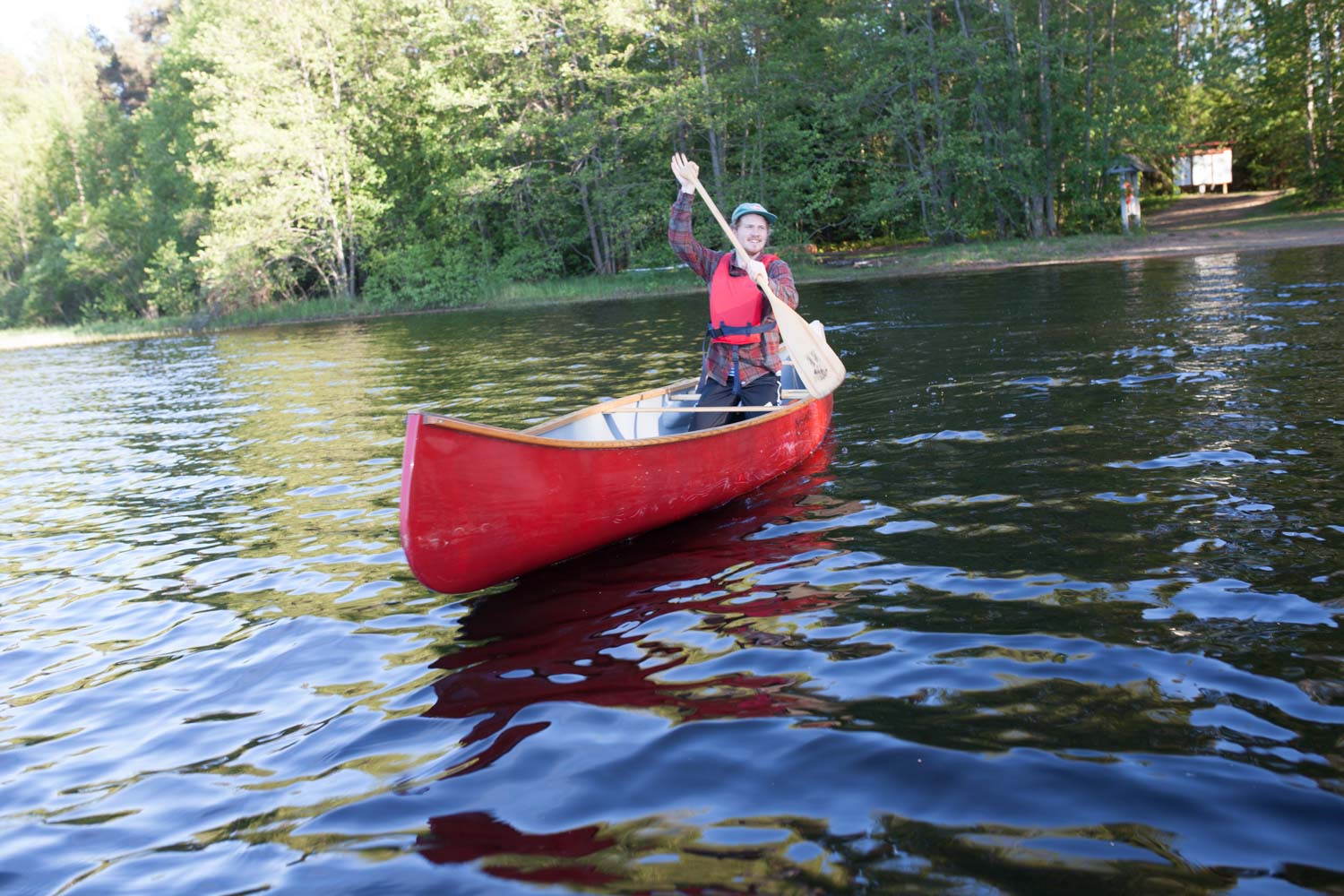
With our canoes beneath us, we pressed along the side of Kyynäränharju. Even though I had no previous experience, the canoe glided easily and leisurely on the calm side.
Reaching the midpoint of Kyynäränharju, one notices a small break in the esker. This works to the paddler’s advantage, as it’s easy to slip through this gap to the west side of the esker and paddle on. Just barely, but still.
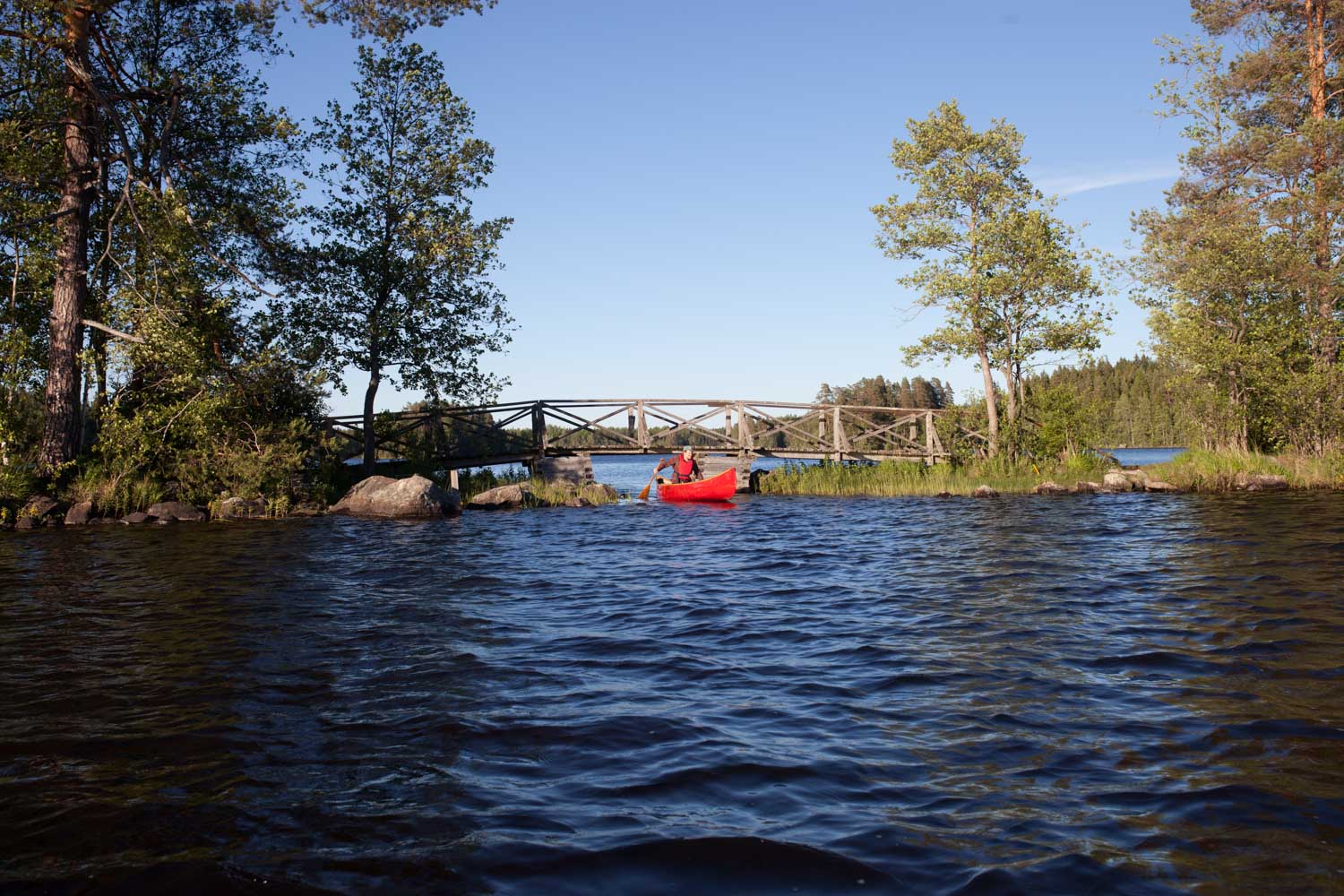
On the west side, however, we were met with gusts. Paddling became quite a challenge for a first-timer due to the wind. Paddling might be easier if there are two paddlers in the canoe – cooperation usually starts to flow after a bit of getting used to.
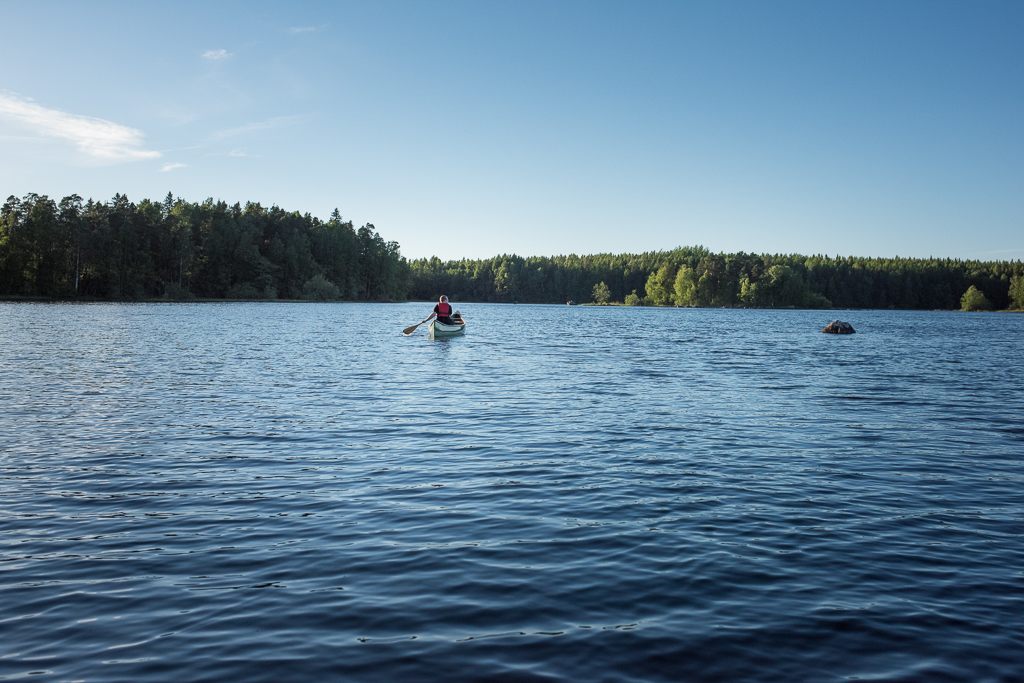
We changed our plan and headed east to explore the numerous islands of the lake. On the eastern side, we found that the esker served as a convenient windbreak. Calm waters can be found almost regardless of the weather, from one side or the other.
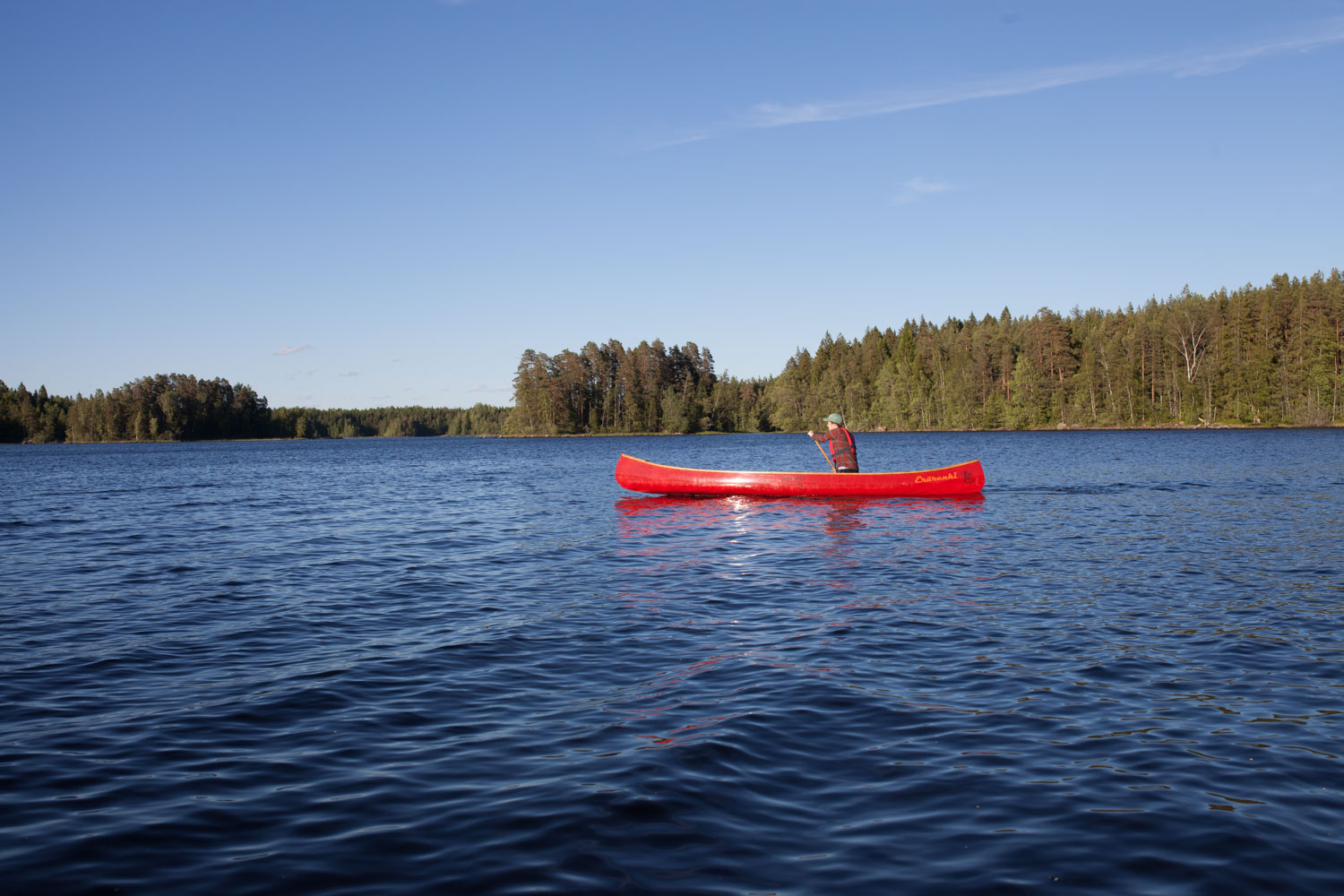
Stroke by stroke, we headed east, towards the largest visible island, aptly named Isosaari (Big Island). I spotted an osprey there. My friend Antti paddled further north to explore the small lagoon-like formation of Palosaari (Fire Island).
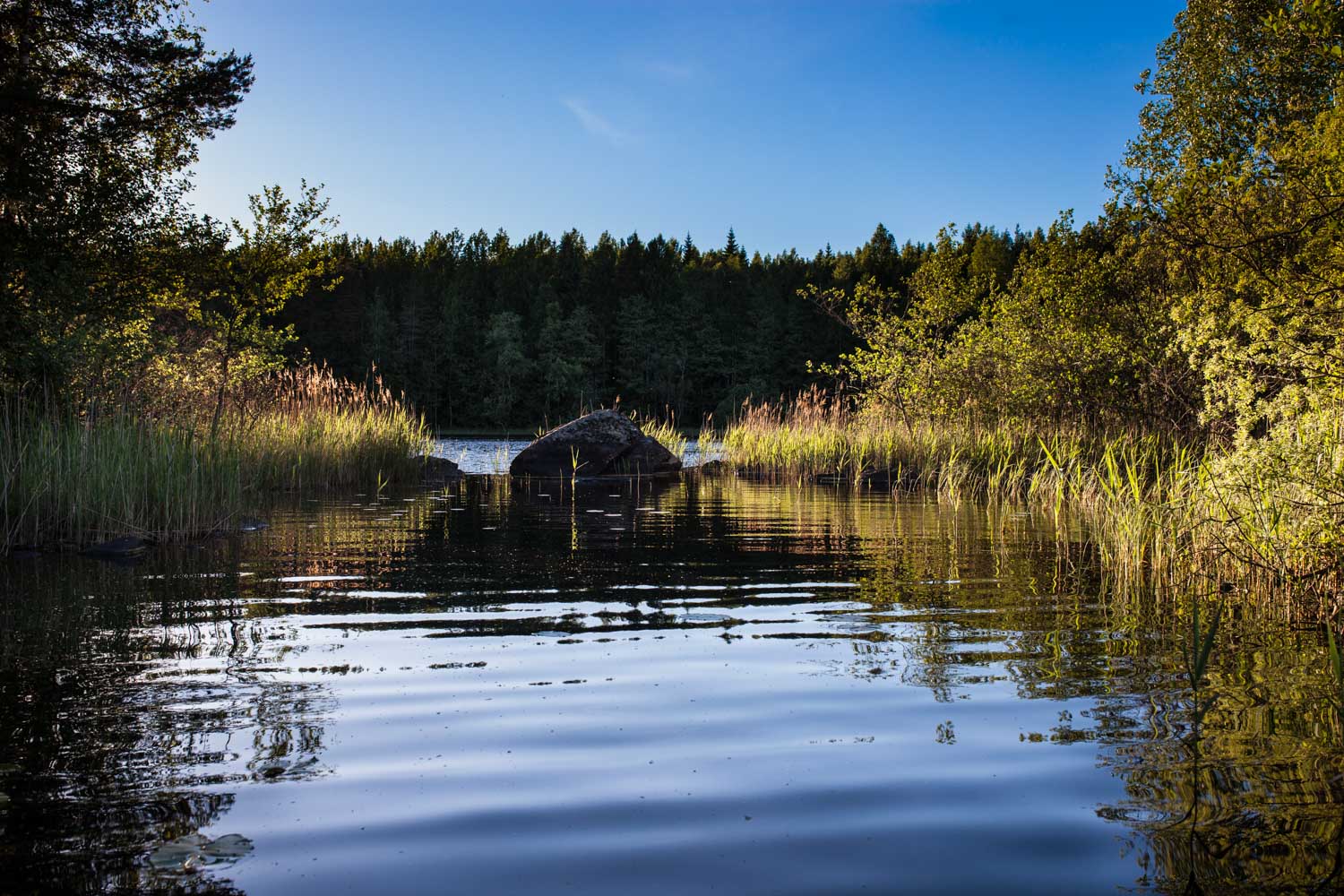
There’s something about the sound of water that has a kind of power, allowing the mind to calm down a little more with each stroke. Eventually, it’s almost like being in a trance. There’s no rush, no worries, no troubles.
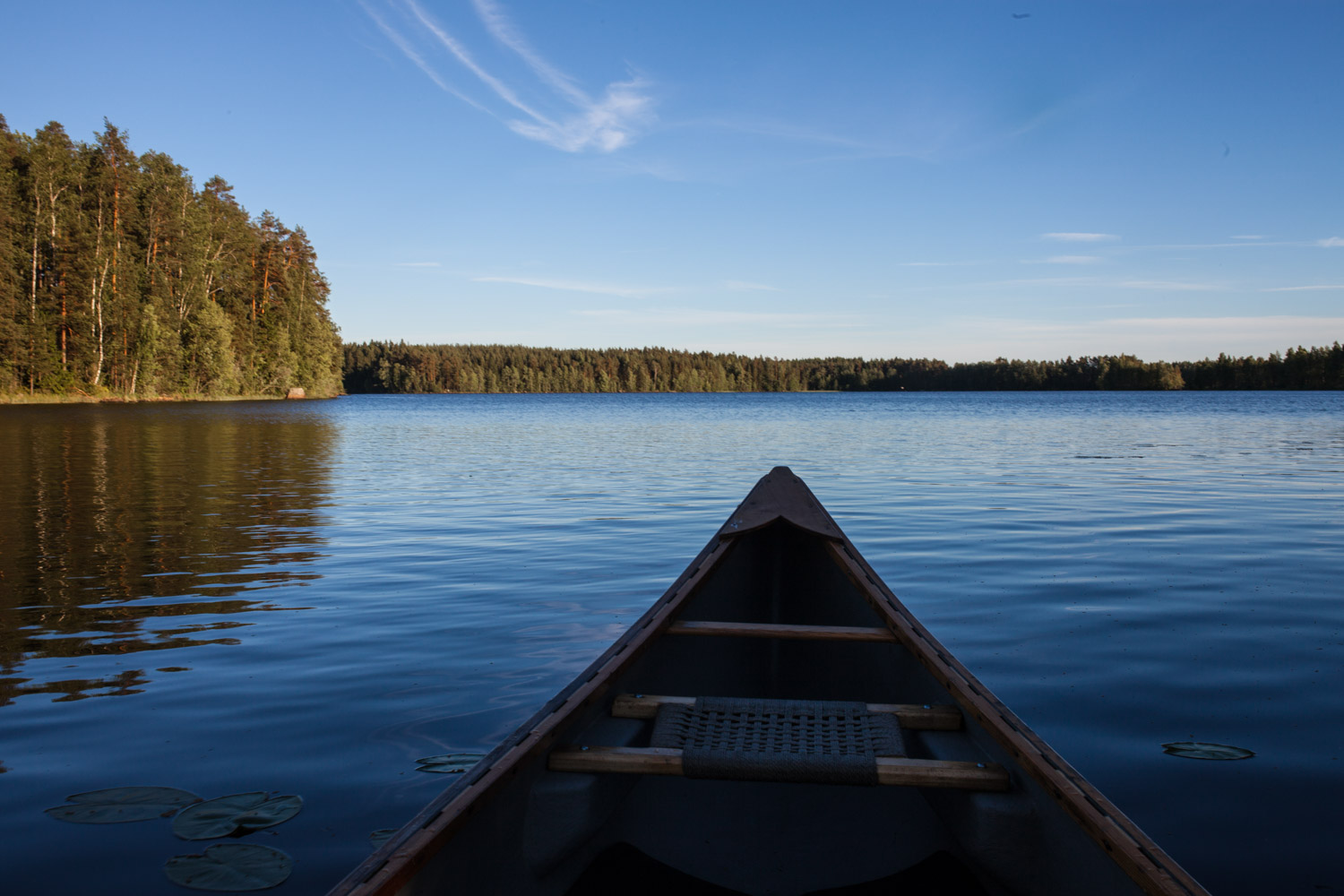
From behind Isosaari, we encountered the island with the most interesting name, “Halkeimenkivensaari” (Split Rock Island), aptly named for the split rock found there. Near it, we debated whether we should navigate the waters to Korteniemi, an old heritage farm that is especially during summer a significant focal point of this national park, or return to our starting point and continue on foot to the Ruostejärvi (Rust Lake) recreation area and from there to Torronsuo, the famous bog national park. After some deliberation, we opted for the latter.
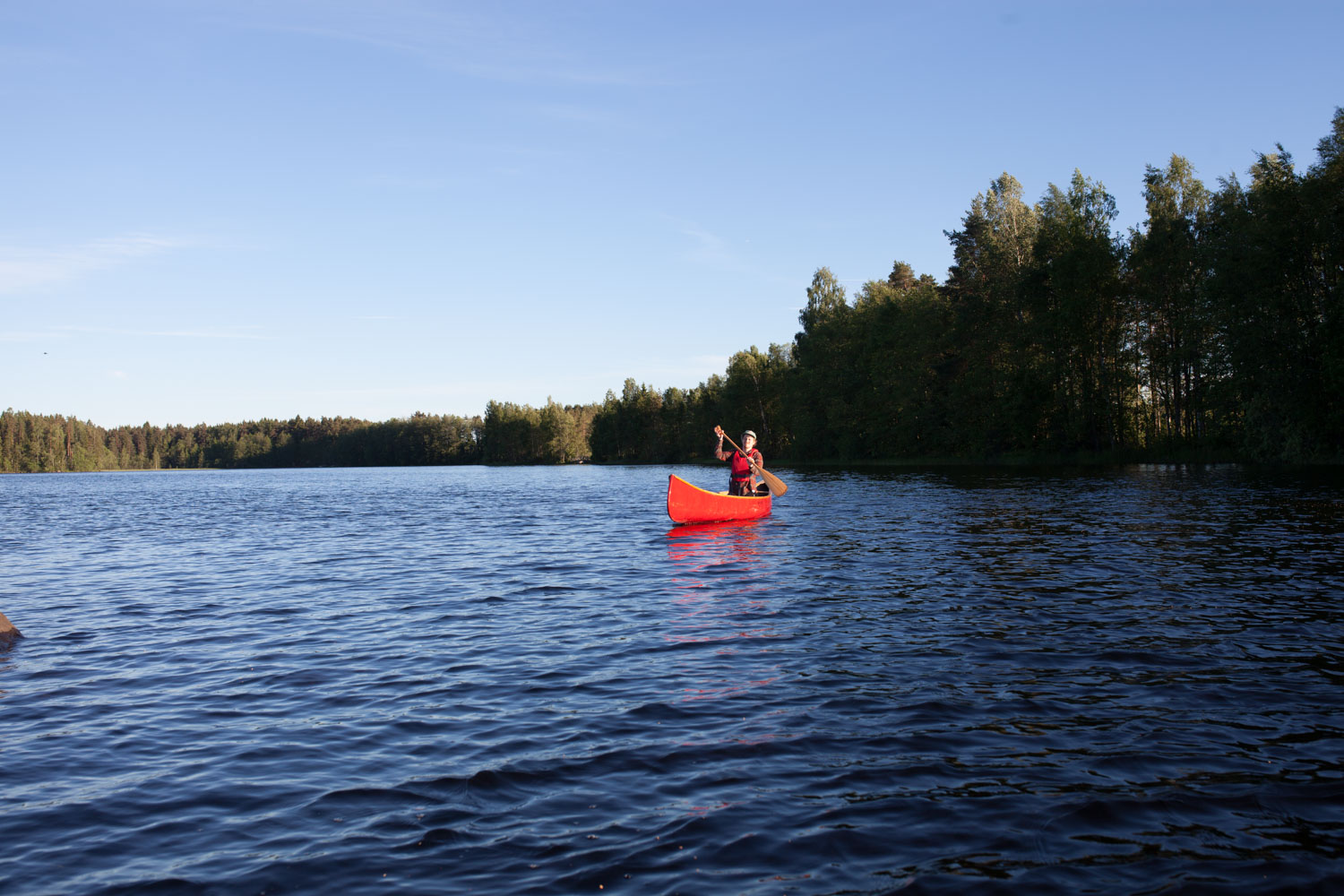
We landed and headed on foot to Siltalahti’s fire site to watch as the sun slowly tried to sneak behind the horizon. In the glow of the fire, a thought crept into my mind. We should come back here again.

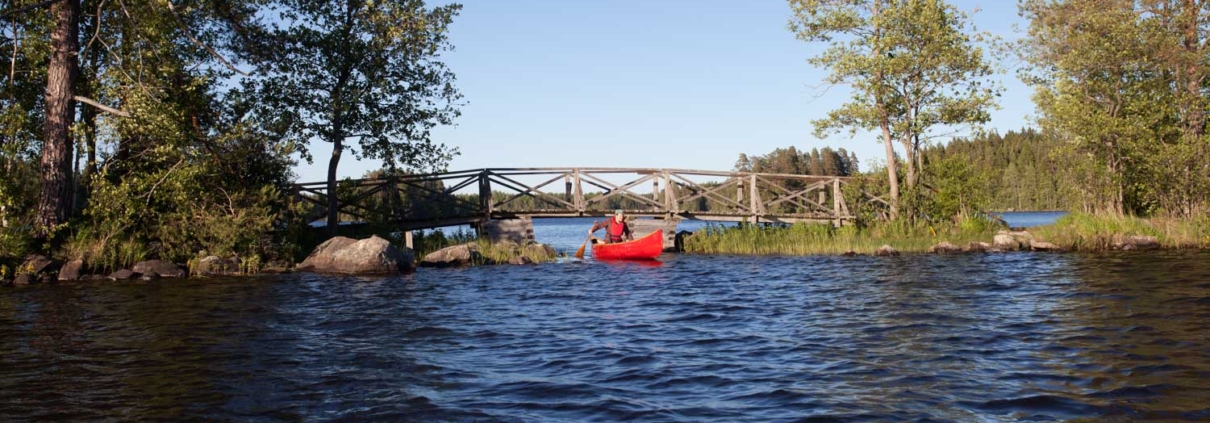



Leave a Reply
Want to join the discussion?Feel free to contribute!